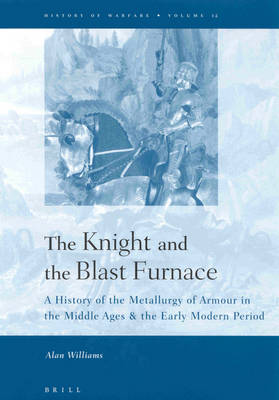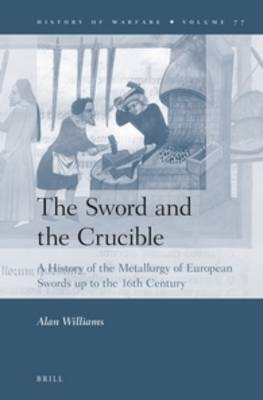History of Warfare
2 primary works
Book 12
The suit of armour distinguishes the European Middle Ages & Renaissance from all other periods and cultures. Unlike flexible defences, popular everywhere else in the world, the rigid, articulated, exoskeleton of a "suit of armour" was a more extravagant and less adaptable means of personal protection. It required greater metallurgical resources to make, but offered far better protection against available weapons. This book tells the story from its invention in 14th century Lombardy, which depended on the production of the necessary steel, until its eventual decline in the 17th century, principally because of the development of another military technology, the gun. The metallurgy of 600 armours has been analysed, and their probable effectiveness in battle is assessed by means of mechanical tests.
Book 77
The sword was the most important of weapons, the symbol of the warrior, not to mention the badge of a officer and a gentleman. Much has been written about the artistic and historical significance of the sword, but outside specialised publications, relatively little about its metallurgy, and that often confined to a particular group. This book aims to tell the story of the making of iron and steel swords from the first Celtic examples through the Middle Ages to the Early Modern period. The results of the microscopic examination of over a hundred swords by the author and other archaeometallurgists are given and explained in terms of the materials available in Europe.

